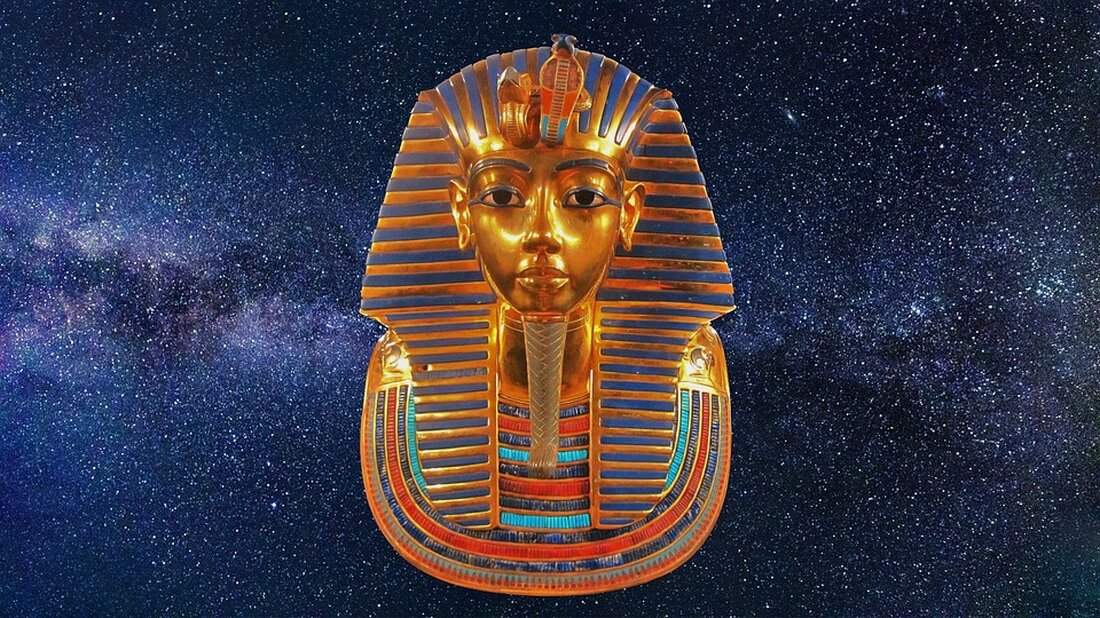Mysterious Treasures: Tutankhamun's Tomb Reveals Incredible Secrets!
Find out how the new series reveals the secrets of Tutankhamun's tomb and the ancient Egyptian death cult.

Mysterious Treasures: Tutankhamun's Tomb Reveals Incredible Secrets!
Egypt has always fascinated with its architectural masterpieces, impressive tombs and a mysterious mortuary culture. A new series starting today is dedicated to the mysteries of the famous pharaoh Tutankhamun and his burial. The first episode analyzes the young king's personal possessions, providing insightful insights into the life and wealth of the Egyptian court. How ARD media library reported, many facets of ancient Egyptian culture have not yet been fully deciphered.
The grave goods that emerged during excavations are not only fascinating artifacts, they also tell of the lifestyle and beliefs of the ancient Egyptians. Furniture, cosmetics and everyday objects found in the graves were not only declared as necessary things for the afterlife, but also reflected the wealth of the deceased. Common grave goods include chairs, beds, clothing, wigs, and jugs of wine and beer, as well as bread, fruit, and even mummified meat and poultry. The website explains this aspect Selket.
The meaning of grave goods
Grave goods played a central role in the burial culture of the ancient Egyptians. The graves served as places of residence for the dead and were often divided into several rooms and hallways. The transition between this world and the afterlife is addressed with lovingly designed grave walls that represent everyday scenes of the deceased and important events such as banquets or funeral ceremonies. The scenes symbolize the triumph of order over chaos and emphasize the social position of the deceased in the afterlife.
In addition, many graves contained shabtis, small figures that were supposed to serve the deceased in the afterlife. These figures were often buried in large numbers — often 365, a number representing each day of the year. Canopics for storing the mummified entrails, which are decorated with the heads of the four sons of Horus, were also included as grave goods. The name “Canope” has its roots in a confusion with the Hellenistic god Canopus.
Cult and rituals of burial
Sacrifices often took place in the upper area of the graves. These rituals were a way for the bereaved to honor the dead and ensure that they were well cared for in the afterlife. Another central element of the burial was the mouth-opening ritual, which was intended to enable the deceased to enter the realm of Osiris. Amulets and the Book of the Dead were also traditional grave goods to secure the journey into the afterlife.
The current series will certainly take many viewers into the fascinating world of ancient Egypt by focusing on the amazing relics and the mysterious culture surrounding Tutankhamun. In fact, the ancient Egyptian death cult remains an exciting topic that still has many secrets to reveal to us.

 Suche
Suche
 Mein Konto
Mein Konto